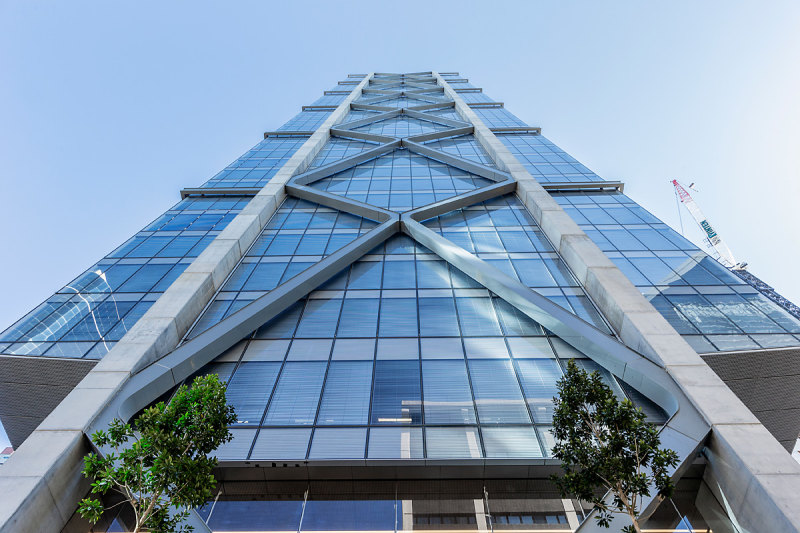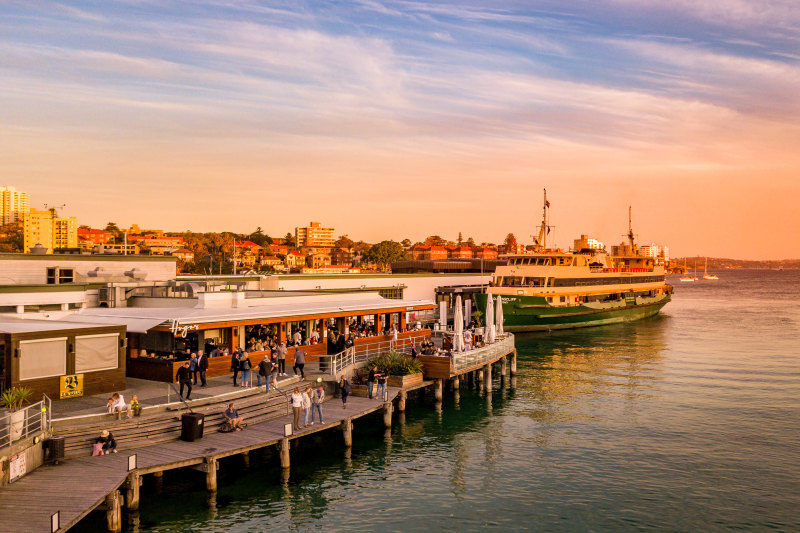
How Melbourne's new Hilton hotel has opened up a beloved old building and reinvigorated a forgotten part of the city
It was an unloved, near-derelict building with an approved development application to be turned into apartments when Neil Maxwell, the CEO of real estate investments company M & L Hospitality, first stepped in.
He was taken aback by the beauty of the old five-storey heritage block, in a quiet laneway of Melbourne’s CBD, which lay under the layers of years of dust and neglect. As he walked through the entryway, he uttered one word: “Wow!”
“It was a beautiful old barristers’ chambers and you could see, and feel, its history from a heritage and style perspective,” he said. “I knew it was worth doing up rather than letting it be pulled down.
“And I knew, if it were apartments, no one would ever see it except the people living there. So I thought such a historic building would be perfect for a hotel as then people would be able to see it and experience it, just as I had.”
Fast forward to today, and the 1931 Equity Chambers on Little Queen Street now has new life as the Hilton hotel brand returns to Melbourne after an absence of nearly five years.
With its stunning Victorian heritage features restored and on full display, it’s also a much more imposing building, with a rooftop garden, a six-level steel-framed addition and a 16-storey tower to the back for extra rooms.
In addition, its second coming has provided the trigger to re-activating the laneways all around, in the hope of turning this part of the CBD, after its COVID-19 battering, into a central entertainment district, or CED.
“That’s something that’s being talked about a lot in Melbourne,” said Julian Anderson, director of architects Bates Smart, which undertook the transformation of the building into the Hilton Melbourne Little Queen Street.
“We’ve also been doing a lot of work on all the car parking in Melbourne as so much is empty now.
“There’s about 460 hectares of car parking in central Melbourne – almost 1.5 times the area of Central Park in New York – and we’ve been looking at adaptive re-use of that for community and entertainment purposes.
“Currently, less than a third of 1 per cent of Melbourne’s built space is for community, compared to the 60 per cent that’s for residential, office and car parking.”
That kind of work, Mr Anderson feels, will be central to Melbourne’s commercial development approach in the post-pandemic world. For the moment, though, the unveiling of the new 239-room and five-suite Hilton has brought fresh vigour to the area with the traditional hotel porte cochere opened up and the laneways surrounding it now buzzing with eateries and visitors.
Before, Little Queen Street wasn’t an address that was really known, even by locals. Today, it’s at the centre of a precinct that’s drawing more and more attention as new establishments open up all around.
The general manager of the Hilton Melbourne, Adrian Teh, has been at the site for the past two years, watching it evolve.
“It’s just phenomenal,” he said. “It’s so exciting to see what’s happened. It’s a beautiful property and we feel it’s like a gift back to the people of Melbourne.
“Although we opened in March, half of that time Melbourne has been in lockdown. But now it’s wonderful to see how it’s being embraced by everyone.”
The original building was constructed in 1930-31 on the site of an old synagogue and school for equity trustees. Lawyers’ chambers were established on the third floor, then expanded to include the fourth too.
An archaeological dig found artefacts from previous occupants and are now displayed in the hotel lobby.
Katherine White is the principal of Lovell Chen, which worked as the heritage consultants on the project. “It was a fantastic project to work on, and it’s been a wonderful result, particularly since it was a public building originally to provide services as executors and trustees for the community,” she said.
“Now the public spaces remain as spaces the public can enjoy, with the lift lobby restored and remaining publicly accessible, the restaurant Luci and the bar, The Douglas Club. There are a number of heritage buildings that have become hotels, and it’s a good use of them because it allows the public to still see the buildings and allow their history to be on show and understood.”
The 6200-square-metre refurbished building now has 75 rooms with a style that taps into the glamour of travel and hospitality in the 1930s era.
The entry has an illuminated screen of bronzed metal and gold glass, with two sandstone columns that echo the original neo-classical design from the Bourke Street portico. There’s a large painted mural on the opposite wall, a nod to the city’s trademark laneway artworks.
Inside, there are double-height voids, restored heritage lifts, the lobby and a new mezzanine guest lounge, all carved from the former grand banking hall.
Names of employees from the original office doors have even been retained, with some given to particular hotel rooms, and there’s timber panelling, ceiling moulds and decorative metalwork.
The new hotel opened nearly five years after the Hilton Melbourne, originally by the Convention Centre, closed to become the Pan Pacific. A Doubletree by Hilton opened six years ago.
“It’s such a beautiful heritage building that’s now been restored so that people can enjoy it, as well as discover a new part of Melbourne,” said Mr Anderson. “It’s wonderful to be a part of reinvigorating and celebrating this part of the city.”









